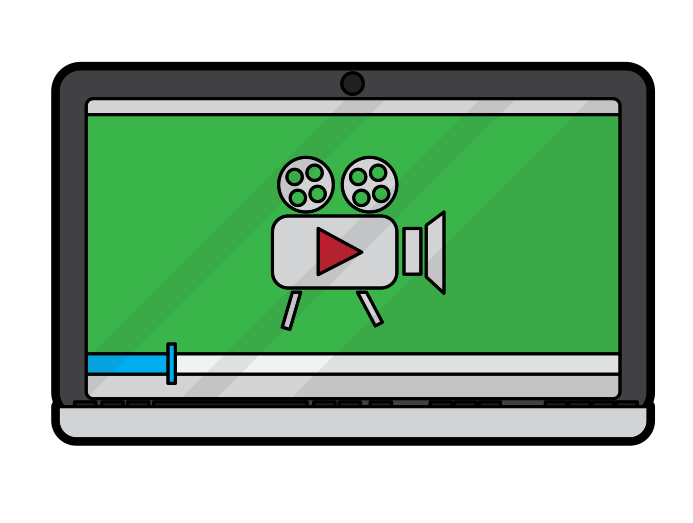Live Streaming Workflow

Live streaming has exploded recently, particularly in the last 6 months during the global lockdown. One report went as far as to suggest the hours watched doubled between April 2019 and 2020. The technologies used in live streaming continue to evolve and advance, though the fundamentals remain the same. In this post, we’d like to walk through the basics of live streaming to explain the key aspects involved in getting content to eyeballs.
The basic workflow for live streaming typical includes the following key components:
- Camera (sometimes referred to as “video source”). This can be as simple as a webcam pre-integrated in your laptop or plugged into a computer via USB. It can be as complex as a professional grade SLR or a video camera that requires additional “capture” devices as part of a live streaming workflow.
- Microphone (often called the “audio source”). Similar to the camera this could be a pre-integrated microphone in your laptop or built into your webcam. As production value increases, microphones used include high end broadcast quality microphones with mixing desks to control audio levels and multiple audio sources.
- Capture Card (often called “device”). This device is not typically needed when using a webcam, but once you start to use professional cameras and microphones a capture card will likely be required. It gets the video and audio signals from the source cameras or microphones. It’s important to make sure this piece of hardware is compatible with your cameras, microphones and encoding solution.
- Encoder. Sometimes this is a hardware device which in many cases avoids you needing a capture card but often the encoder is a piece of software such as OBS or Wirecast. An Encoder takes the raw digital signals from the cameras and microphones, and formats them into something that is easier to send across the internet.
- Internet Connection. A stable good quality internet connection is a key requirement. For best results, this is ideally not WiFi based.
- Transcoding. To ensure reliable, high quality playback across a broad range of platforms, the live stream is typically converted into multiple versions to best suit the device and location the viewer might be watching from. The transcoding service can range from a self managed hardware / software solution or a cloud based service. Unfortunately transcoding is often quite expensive, sometimes prohibitively so. Livepeer.com is focused on providing transcoding at a dramatically lower cost to allow anyone to take advantage of its benefits.
- Content Delivery Network. Buffering can be a common issue with live streaming. A good approach to help mitigate buffering is to use a CDN service to help distribute the stream reliably wherever the viewer might be located. These services are often integrated with the transcoding service and together help ensure a high quality viewing experience for your audience. At Livepeer.com we offer a pre-integrate a CDN as part of our service to remove even more complexity from your live streaming workflow.. That said, if you have a CDN you’d like to use instead, we'd be happy to help integrate it into our transcoding infrastructure.
- Player. This is the final component required to complete your live streaming workflow. It is what your audience will interact with to watch the stream. Video players can range from software players embedded into your website, SDK’s used in conjunction with common devices such as phones and tablets, and embedded players in consoles and connected televisions. We test our transcoding output to make sure it works reliably with the common platforms that you might expect viewers to be watching your live stream on.
We’ve taken you through a simple workflow and the typical components required to deliver a live stream at a high level. As you begin to live stream you can build on these components by integrating payment or advertising to monetize your live streams, implement analytics or promote your streaming using complimentary services.
Livepeer.com can simplify the process of ensuring you deliver a high quality stream at an affordable price. Whether you are delivering one stream or thousands, sign up for an account and give us a try.
Articles you may be interested in
Ready to get started?
- Livepeer, Inc.
- 223 Bedford Ave PMB 530
Brooklyn, NY 11211 - hello@livepeer.com

